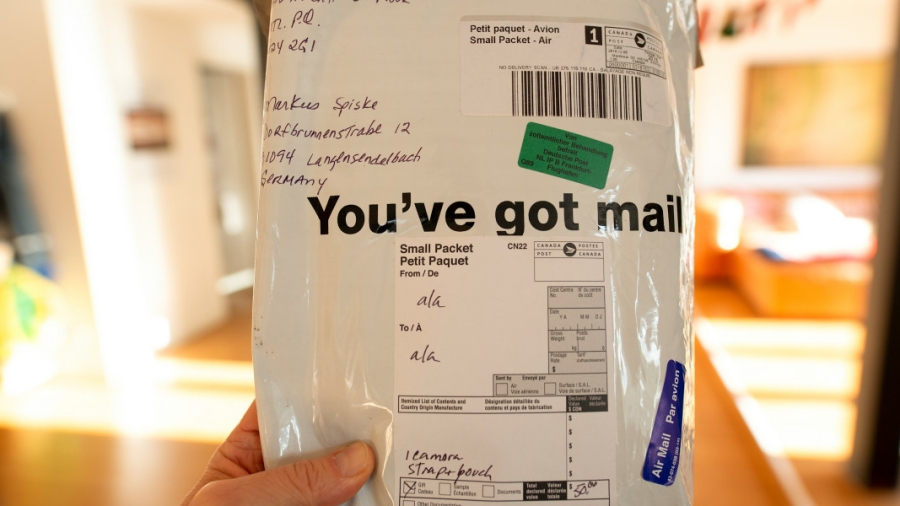The rise of consumerism has been both a blessing and a challenge for the logistics industry. On one hand, increased purchases drive up the volume of goods being moved. On the other hand, fraud, theft, and the growing costs of logistics are increasingly problematic. One issue retailers face is “wardrobing”—where customers wear an item, such as clothing, to an event and then return it as if it were new.
Many of us have heard stories or know someone who has done this: buying a dress for a wedding or a suit for a party, keeping the tags on, and then returning the item after a single use. Retailers who fail to catch these used items may inadvertently put them back on shelves or mail them out to new customers.
Recently, I personally encountered the downside of this. I ordered a hat online, only to receive it with a dirty sweat ring around the band—clearly, it had been worn before. Not only was it a frustrating experience, but it was enough to make me question shopping ordering from that retailer again.
This situation highlights the importance of quality control in retail. How does a retailer miss something as obvious as a dirty sweatband? The answer often lies in poor supply chain management and overwhelmed return processes.
The Cost of Poor Return Management
When retailers don’t manage returns efficiently, they risk losing both customers and money. The growing number of returns—fueled by consumer habits like wardrobing—can strain quality control resources, slow down restocking of sellable items, and add significant costs.
According to the National Retail Federation, returns have been on the rise for the past several years. Managing these returns, especially in a way that ensures quality control, is critical for profitability. In response, many retailers have started tightening their return policies. Some companies are reducing the return window, eliminating free returns, and requiring customers to state a reason for the return in an effort to reduce losses.
The Role of AI in Reverse Logistics
Retailers are also turning to technology, particularly artificial intelligence (AI), to manage the flood of returns more efficiently. Companies like Gap Inc., American Eagle Outfitters, and Best Buy are using AI-powered reverse logistics software to streamline returns and get products back on shelves faster.
Time is money, and the quicker you can process and restock a returned item, the less likely it is to be sold at a discount.
AI helps identify trusted customers and ensures that like-new products can be restocked at full price. It turns out that 95% of goods that cannot be resold in primary markets go to secondary channels like discount retailers, while only 5% are sent to landfills or donated.
The Financial Impact of Delayed Returns
Every day a returned item sits in a warehouse, its value decreases. Retailers that improve their reverse logistics processes can recover anywhere from 5% to 45% more revenue, depending on the product category and brand.
Shipping costs make up a significant portion of return expenses. In fact, about 30% of the cost of a $100 item is tied to transportation. To cut down on these costs, some companies are adopting more efficient return methods like third-party drop-off locations and boxless, labelless returns, allowing products to get back on shelves faster and reducing the financial burden.
Conclusion
For retailers, the rise of consumer returns—whether due to legitimate reasons or practices like wardrobing—presents a significant challenge. But with smart reverse logistics strategies, including the use of AI and more efficient return policies, retailers can protect their bottom line, maintain quality control, and avoid alienating customers with issues like “ring around the collar.” As the retail industry continues to evolve, investing in better return management systems will be key to staying competitive and profitable.
If you need help streamlining your company’s logistics, contact BGL today!



